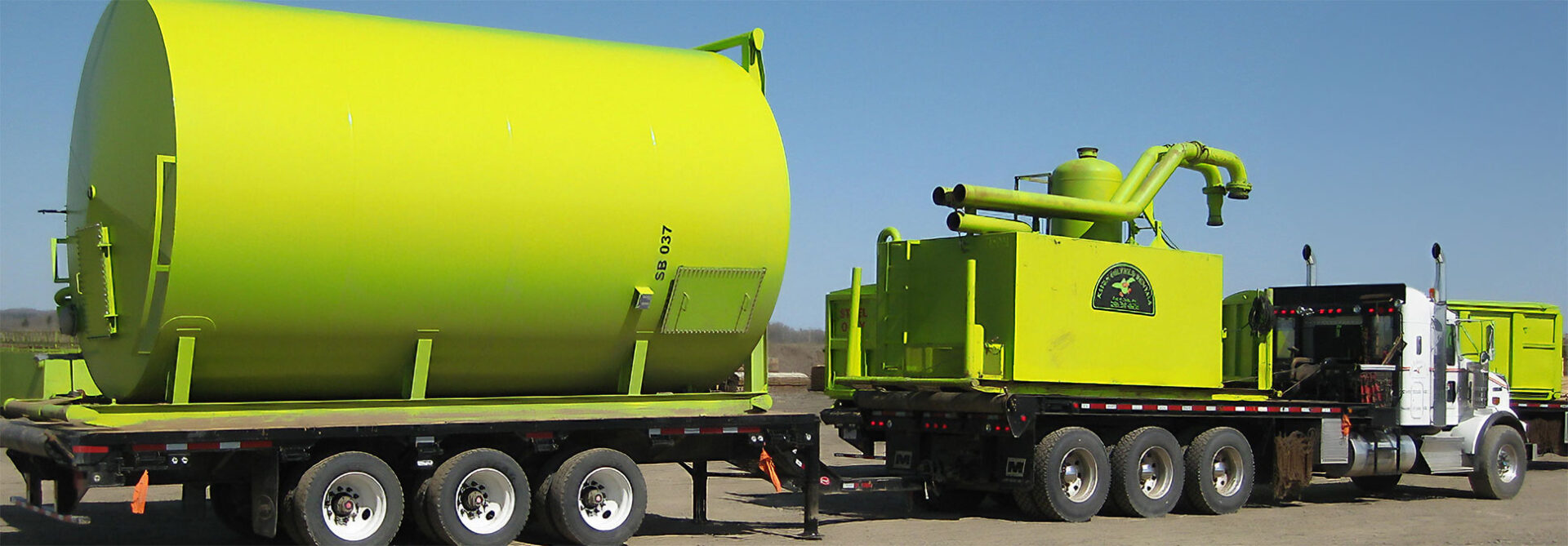Everything About Oil Field Equipment and Pipeline Equipment: Trick Insights and Important Info
Oil field equipment and pipeline systems play a crucial duty in the oil and gas industry. They are necessary for the effective extraction and transport of hydrocarbons. Trick parts, such as piercing rigs and tank, directly influence functional success. At the same time, improvements in modern technology assurance to boost security and effectiveness. Comprehending these aspects is important for anyone associated with or interested in this complicated market, as it sets the stage for much deeper exploration of market methods.

Overview of Oil Field Equipment
As the demand for oil proceeds to expand, comprehending the equipment used in oil fields comes to be progressively important. Oil field equipment encompasses a large range of equipment and tools vital for expedition, removal, and processing. Secret elements include piercing rigs, which are vital for reaching oil tanks, and production equipment, such as separators and pumps, that help with the removal process. Superior Oilfield Rentals oilfield. In addition, tank play a substantial duty in holding unrefined oil before transportation. Safety and security equipment, consisting of blowout preventers and stress gauges, ensures operational security and performance. Each tool features cohesively to optimize manufacturing and keep effective workflow. Experience with this equipment is very important for professionals in the industry to ensure effective procedures and adherence to safety requirements
Sorts Of Drilling Rigs and Their Applications
Drilling rigs function as the foundation of oil removal operations, with various types developed for certain geological problems and operational needs. One of the most typical kinds consist of rotating boring rigs, which use a turning drill bit to permeate the planet, and wire device rigs, known for their percussion exploration method. For offshore operations, jack-up rigs and semi-submersible rigs provide stability and support in marine settings. Furthermore, directional drilling rigs make it possible for drivers to drill at angles, getting to down payments that are not vertically available. Each gear kind has special benefits, maximizing performance and safety based on the drilling environment. Choosing the appropriate gear is crucial for taking full advantage of resource extraction while lessening environmental impact and operational prices.

Essential Pipeline Equipment and Their Features
Pipeline framework is necessary for the transportation of oil and gas from extraction websites to refining facilities and end-users. Various crucial devices components promote this process. Pipes themselves function as the primary avenues, created to endure high stress and destructive substances. Pump terminals are crucial for keeping flow by enhancing pressure along the pipeline. Shutoffs play an essential duty in managing flow and separating areas for upkeep. Additionally, fittings and adapters assure safe and secure joints in between pipeline areas. Monitoring systems, consisting of flow meters and pressure sensors, are important for detecting leaks and maximizing flow rates. Finally, pigging devices is used for upkeep and cleaning, securing pipeline integrity and effectiveness. Together, these components create the backbone of a reliable pipeline system.
Developments and Technologies in Oil and Gas Equipment

Safety and Maintenance Practices in the Oil Sector
While the oil sector has made considerable strides in innovation and performance, the relevance of robust security and maintenance methods can not be overemphasized. Effective safety and security procedures are important to shield employees and the environment, lessening the danger of mishaps and spills. Normal inspections and maintenance of devices aid determine possible concerns prior to they intensify, making certain functional honesty. Training programs for staff members are crucial, emphasizing the relevance of security awareness and emergency situation action treatments. In addition, adherence to market guidelines and standards fosters a culture of security. Applying advanced tracking modern technologies can better improve maintenance techniques, permitting real-time evaluations of devices problems. Eventually, browse around here focusing on security and maintenance is indispensable to the sustainability and success of the oil sector.
Regularly Asked Concerns
What Are the Environmental Effects of Oil Field Equipment?
The environmental effects of oil field equipment include habitat devastation, water contamination, and air pollution (Superior Oilfield pipeline equipment rentals). Additionally, tools breakdown can cause spills, adversely influencing wildlife and have a peek at this website ecosystems, highlighting the demand for strict laws and monitoring
Just How Is Oil Field Equipment Carried to Remote Locations?
Carrying oil field equipment to remote areas commonly involves specific vehicles, helicopters, or barges. Logistics firms coordinate routes, guaranteeing devices arrives securely and effectively, considering terrain and availability to decrease hold-ups and optimize efficiency.
What Regulative Specifications Govern Oil Field Equipment?
Regulative requirements controling oil field equipment mostly consist of safety and security, ecological protection, and functional efficiency guidelines. Agencies such as OSHA and EPA implement these guidelines to guarantee risk-free methods and decrease eco-friendly influence in oil removal operations.
What Skills Are Required to Run Oil Field Machinery?

How Do Oil Rates Influence Equipment Demand and Use?
Oil rates considerably affect devices need and use. Higher costs commonly lead to enhanced expedition and manufacturing activities, driving need for equipment. Alternatively, lower costs might cause lowered procedures and decreased need for devices.